You are here
History of tugai forests in lower reaches of Amu Darya.
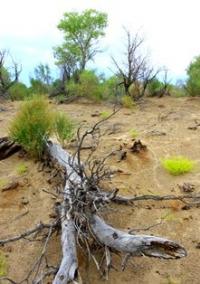
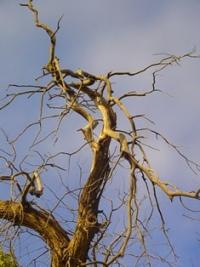
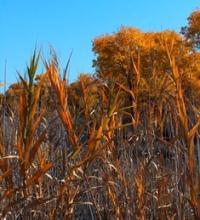

Travel to reserves of Uzbekistan.
“...the natural language is not only the dignity of the people, not only the foundation and the reason for all its knowledge, not only the herald of its deeds and glory, but also a gift, to which, even if we don’t talk about it, nature has invested in us a secret love; and if a person loses this love, then with it loses attachment to the Fatherland, and completely opposes reason and nature"
A.S. Shishkov.
Excursion tour Karakaplakstan.
The origins of the use of wildlife in the lower reaches of the Amu Darya River go back to ancient times and are inseparable from the very history of the emergence of man and the development of human society. According to the testimony of archaeologists, the beginning of the development of the lower reaches of the Amu Darya by people dates back to the IV - III millennia BC. (Yagodin, 1986). At this time, primitive people mainly lived on the edge of the lake, not far from riparian forests.
They actively used woody tugai forests for housing and fuel, as well as the fruits of the wild jida. In the II century BC. with the transition of the nomadic population to a sedentary lifestyle in the lower reaches of the Amu Darya, it made it possible to gradually move from gathering to the cultivation of cultivated plants and breeding livestock.
In the 7th - 5th centuries BC. in Khorezm, as V.I. Tsalkin (1966), there was a very developed animal husbandry, and even then all types of farm animals were known: cattle, sheep, goats, pigs, horses, donkeys and camels.
The rich arboreal, shrubby and herbaceous vegetation of the Amu Darya valley provided excellent conditions for keeping livestock. Therefore, primitive cattle breeders migrated closer to river valleys, to riparian and reed thickets.
The basis of the economy was sedentary cattle breeding and, possibly, sowing and fire farming. This led to the formation of a man-made landscape. According to S.P. Tolstov (1962), the lands of ancient irrigation amounted to 0.8 million hectares only within Karakalpakstan.
To this day, you can find historical monuments in the zone of tugai forests, indicating the connection between the development of civilization and the forest, for example, the Jan Kala settlement. However, whatever the peculiarities of nature management and the way of life of the small local population, as noted by the forester N.P. Grave (1938), by the beginning of the study of tugai ecosystems, they had not yet been significantly transformed.
The regulation of the Amu Darya river and water withdrawals for the needs of agriculture, starting in 1960, led to a reduction in water inflows in the lower reaches of the Amu Darya, which naturally had a great impact on the dynamics of riparian vegetation.
At the beginning of 1930, according to archival materials, the total area of tugays within the Republic of Karakalpakstan was 350,000 hectares. At present, the tugai forest occupies no more than 24.8 thousand hectares (Khanazarov, Kayumov, 1993).
Consequently, over 70 years, the area of tugai forests has decreased by 92.3%. Such a situation with tugai forests in Uzbekistan developed in connection with the large-scale development of new lands for agricultural crops in the 50s - 70s of the last century.
Before the establishment of the Badai-Tugai nature reserve, its territory was part of the Turtkul forestry enterprise. Here they procured up to 8,000 cubic meters of timber, grazed cattle, and hunted. On this occasion, A. Kaletsky (1972) wrote:
“The entire reserve is disfigured by extensive felling, among the stumps in splendid isolation one-humped camels walk around. But in the surviving thickets revival reigns. Like mustangs, wild horses rush past the car with a dashing neigh, cows mooing from the thicket, even unpretentious donkeys appreciated the dignity of tree and shrub vegetation and moved under its reserved shade.
Our fellow traveler, the first director of the Badai-Tugai nature reserve, a young and energetic specialist V. Lim only makes a helpless gesture. In order to put things in order, he has neither transport nor people." Consequently, under the increasing influence of anthropogenic factors, the degradation process developed in the nature of the tugai forest.
In such conditions, the first reserve of Karakalpakstan began to function. Therefore, first of all, it was necessary to establish a protected regime - to stop the massive grazing of cattle, horses and camels. In order for the territory to become a truly protected area, it was necessary to work seriously on education, enlightenment of the population with ecological culture, and respect for the animal and plant world.
For this purpose, they often held meetings with residents of the Aktau village (they were the main violators of the reserve regime), explaining why the reserve was created. In 1981, a protected zone was allocated to the reserve, with an area of 1362 hectares in a narrow strip from 500 to 700 meters along the northern and eastern borders of the reserve.
At present, the Badai-Tugai nature reserve is fully consistent with the status of a protected area.
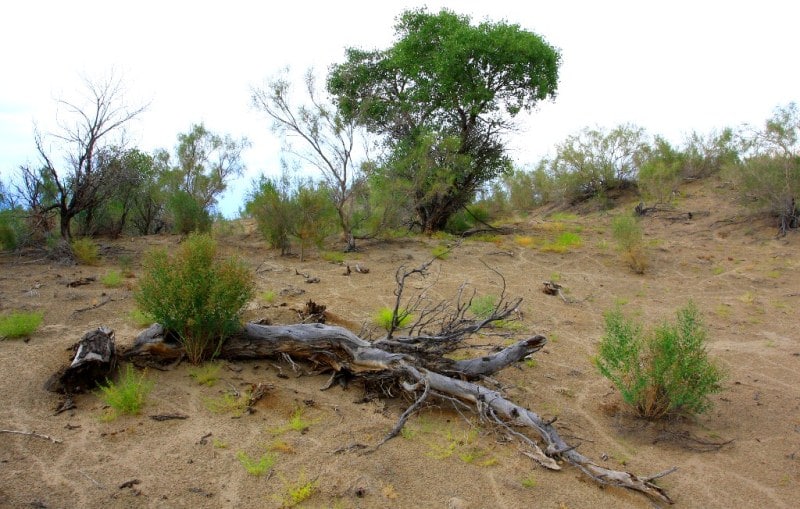
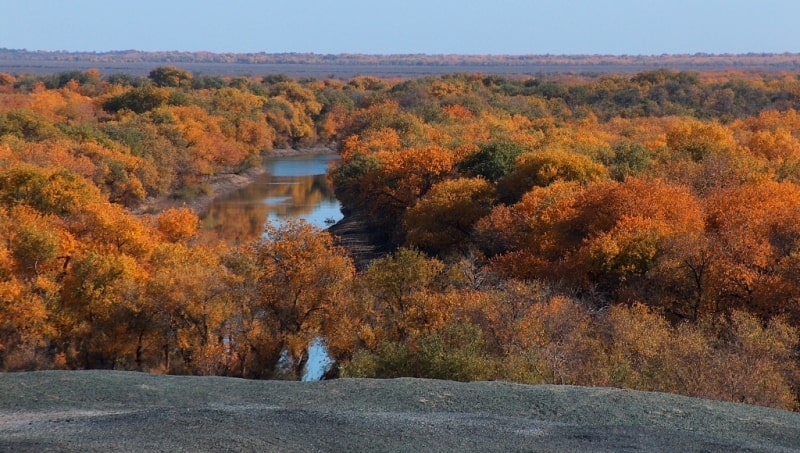
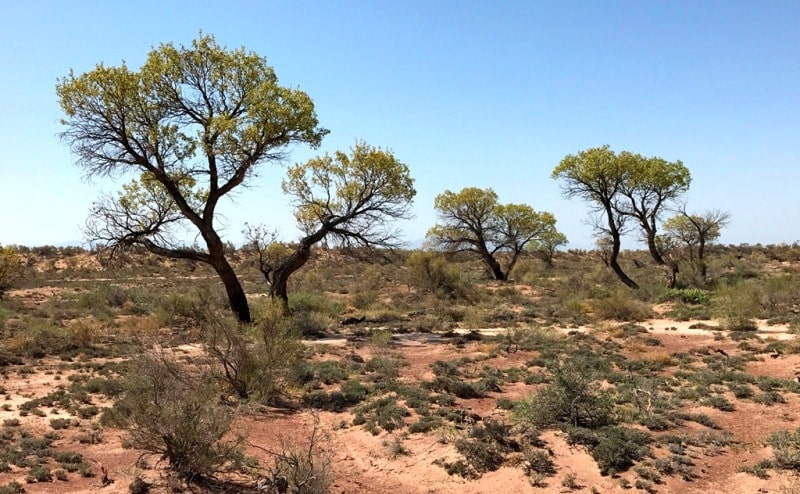


Authority:
https://uzb.ucoz.ru/index/badaj_tugaj/0-178
Photos by
Alexander Petrov.







